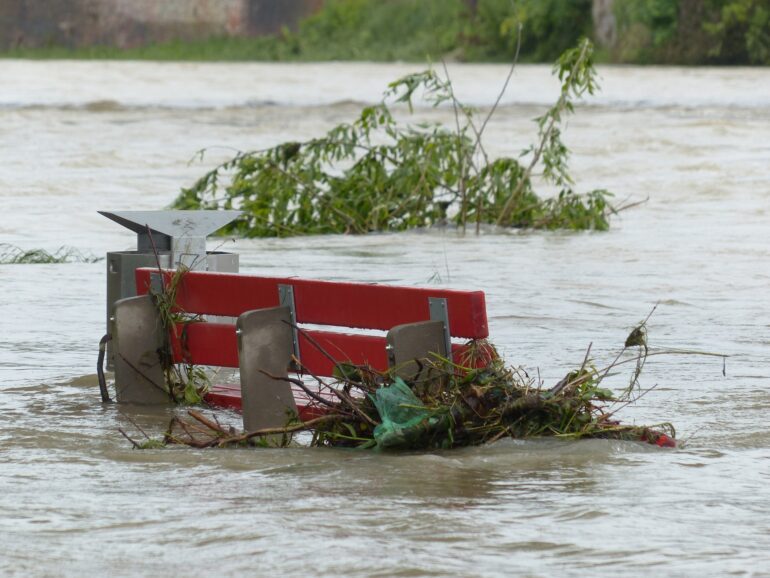TL;DR:
- Flooding in the US costs over $32 billion yearly, projected to rise by 26% by 2050.
- Vulnerable communities, particularly BIPOC residents, bear the brunt of flood damage.
- Nadja Veigel’s research employs interpretable machine learning, analyzing 400 variables.
- Flood insurance is often obtained post-flood, leaving many households uninsured.
- High resident turnover in urban areas hampers flood history knowledge and mitigation.
- Community-level policies, like the CRS, incentivize insurance adoption effectively.
- These policies could address flood risk inequality, especially in underserved areas.
- The study highlights the need for proactive strategies to empower vulnerable groups.
- Integrating community-level initiatives with flood insurance is key to risk management.
Main AI News:
Flooding in the United States presents an ever-growing financial burden, costing communities a staggering $32 billion annually. The escalating severity and unpredictability of storm events, fueled by the relentless march of climate change, foreshadow a future where this figure soars even higher. Projections indicate a daunting 26% increase in flood risk by 2050, a concerning statistic that warrants immediate attention. Yet, the unfortunate truth remains that the impact of flooding is not evenly distributed, disproportionately burdening metropolitan areas with substantial Black, Indigenous, and People of Color (BIPOC) populations.
Crucial Insights Through Interpretable Machine Learning
In the face of this disconcerting backdrop, Nadja Veigel and her team have harnessed the power of interpretable machine learning to shed light on the effectiveness of flood resilience strategies. Their approach was comprehensive, encompassing 400 behavioral and socioeconomic variables that directly influence disaster response and mitigation efforts. This encompassed a dual-pronged perspective, delving into bottom-up, household-level initiatives like insurance and property enhancements, while also scrutinizing top-down policy measures that operate at the community level.
The Fuel: Open-Access Data
Veigel and her colleagues drew upon a wealth of open-access data sources, primarily relying on information from the National Flood Insurance Program and the US Census Bureau’s American Community Survey. Their findings, illuminating and significant, have found a prestigious home in the pages of the journal Earth’s Future.
Unveiling the Findings
One striking revelation from the research is that flood insurance is predominantly sought in the aftermath of severe flood events. Consequently, households in areas that don’t regularly confront the wrath of devastating floods are more likely to remain uninsured. Furthermore, the study highlights a concerning trend of high resident turnover in urban centers, often leading to a lack of historical flood knowledge and, consequently, weakened mitigation and preparedness efforts. This urban setting also witnesses a lower adoption rate of flood insurance.
A Paradigm Shift: Community-Level Policies
In stark contrast, the research underscores the potential of community-level policies such as the National Flood Insurance Program’s Community Rating System (CRS). This innovative approach offers a proactive stance by incentivizing insurance adoption. It achieves this by reducing insurance premiums for communities that engage in effective mitigation and floodplain management measures. This paradigm shift in strategy, the authors contend, could serve as a potent tool in addressing the glaring inequalities in flood risk, particularly targeting underserved, at-risk communities.
Empowering Vulnerable Groups
This research resoundingly reinforces prior discoveries that marginalized groups consistently find themselves at a higher risk of flooding. The data unequivocally show that top-down approaches, exemplified by the CRS, present proactive solutions that hold the potential to rectify structural inequalities in risk distribution. While flood insurance remains a pivotal element in risk management, it’s now evident that it functions most effectively when integrated with community-level initiatives.
Conclusion:
This research underscores the importance of proactive flood mitigation strategies, particularly at the community level. By addressing inequalities in flood risk distribution and empowering vulnerable communities, the market for flood insurance and mitigation services should shift towards more equitable and sustainable practices, benefiting both insurers and at-risk populations.

